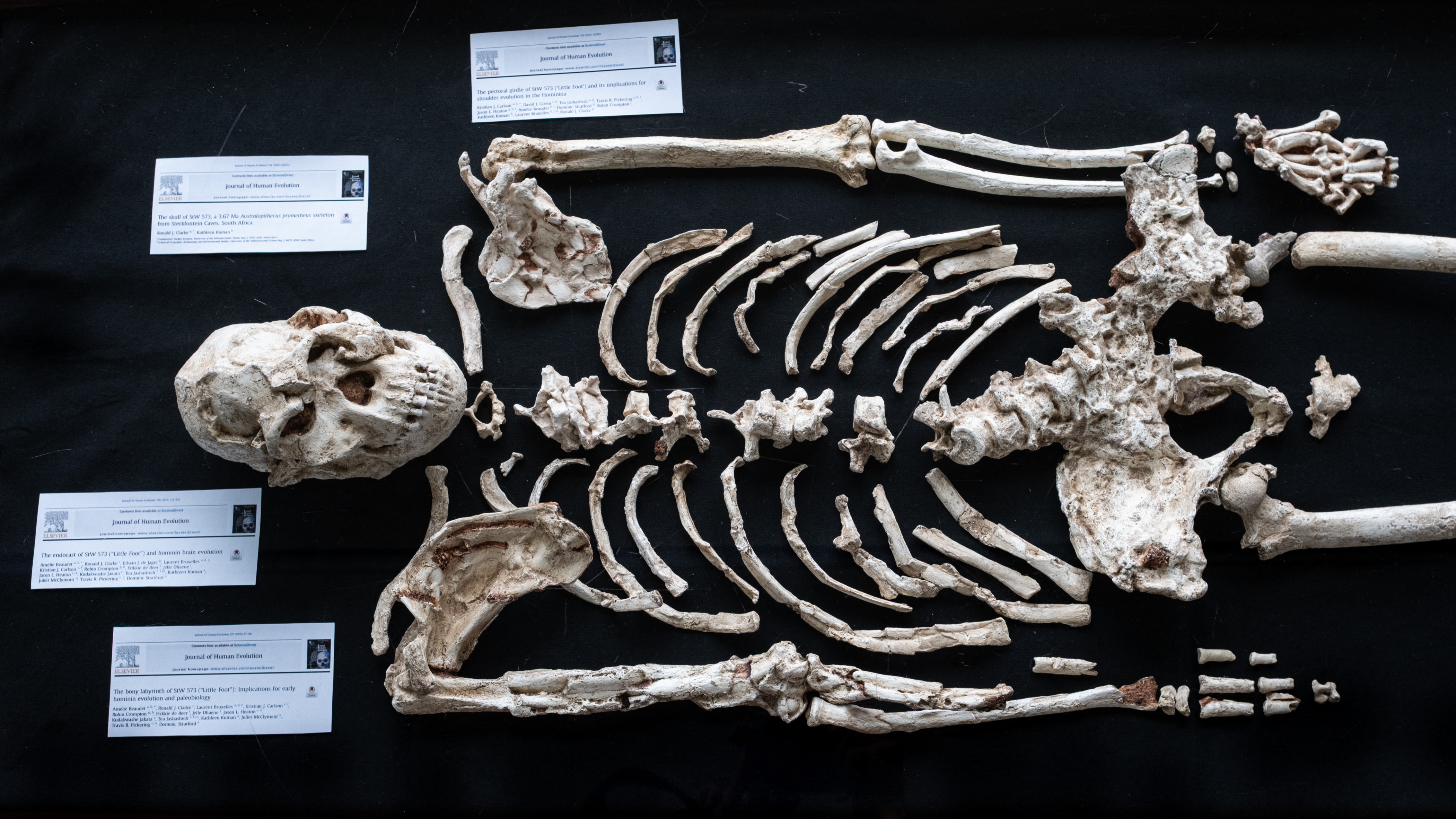Why Are Most Animals Promiscuous?
Til death do us part is not a common theme for the animal kingdom. This might be a good thing it turns out that rampant promiscuity fends off disease, bad genes, and may actually keep species from going extinct.
The more different males and females look in a species, the more polygamous they're likely to be.
Why they do it
Males have very different reasons for having multiple mates than females. They attempt to mate with many females to spread their genes by producing many offspring.
Females, on the other hand, can get just as pregnant by mating with one male as they can with 20. But that's not to say females have any less sex than males.
On average, males have to have as many mates as females, says Marlene Zuk, an evolutionary biologist at the University of California at Riverside.
So why do females sleep around?
Get the world’s most fascinating discoveries delivered straight to your inbox.
Females are trying to maximize the genetic diversity of their offspring and have a litter or clutch with different dads, said Zuk. Maybe one of the gene sets will have an advantage in different circumstances.
In other cases, Zuk said, females need help raising their young . The more males she mates with, an approach called polyandry, the greater the chance that at least one will stick around the nest and help coordinate baby care. Some males even get tricked into raising offspring that aren't theirs.
Circumstances in the environment can sway females to mate more frequently. For example, in exchange for sex, male katydids (which are relatives of crickets) provide sperm and an edible nuptial gift full of nutrients that, Zuk said, looks like Jell-O. When food is scarce, female katydids compete with each other for more sex and more of these nuptial gifts.
Evolutionary advantage?
The widespread tactic of polyandry could even prevent extinction.
Females who have many mates lower their risk of having all-female offspring and passing on a chromosome that distorts the sex ratio of future generations, according to a 2010 study conducted at the Universities of Exeter and Liverpool in the United Kingdom. More mates, the researchers suggested, guarantees females will produce a balance of males and females.
The most polyandrous creature on earth could be the rough periwinkle a tiny sea snail native to coastlines in the North Atlantic. Many males take part in producing each clutch of offspring. In fact, scientists at the University of Gothenburg in Sweden recently discovered that the average 70 offspring females have at one time share 19 fathers. These male snails will mate with any female they come across, and researchers suggest that the females may just put up with them.
Got a question? Email it to Life's Little Mysteries and we'll try to answer it. Due to the volume of questions, we unfortunately can't reply individually, but we will publish answers to the most intriguing questions, so check back soon.



